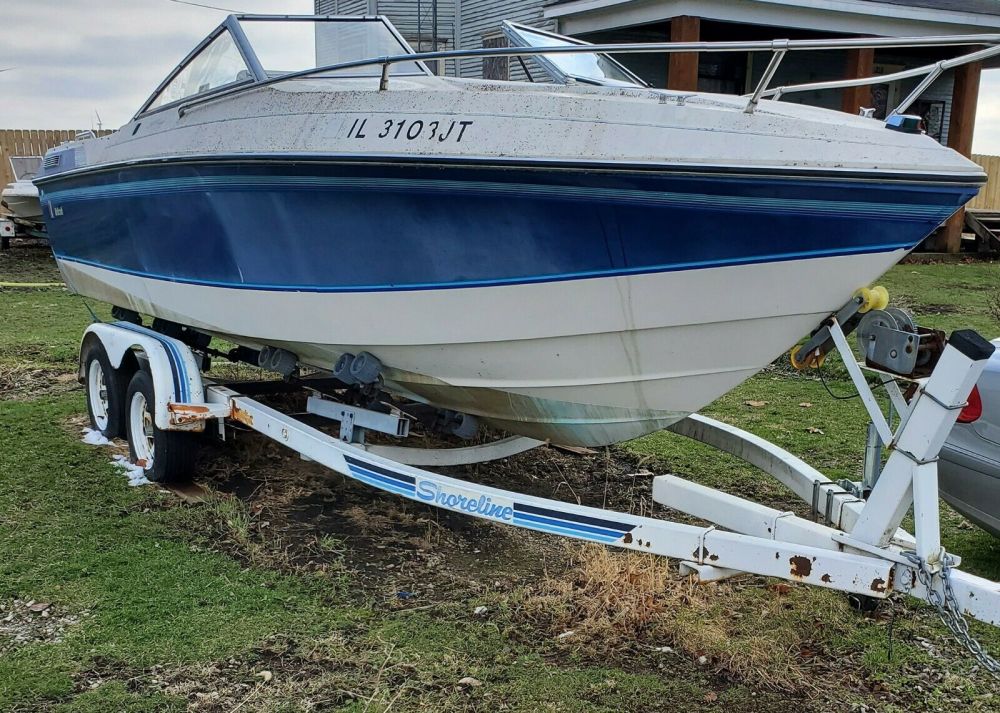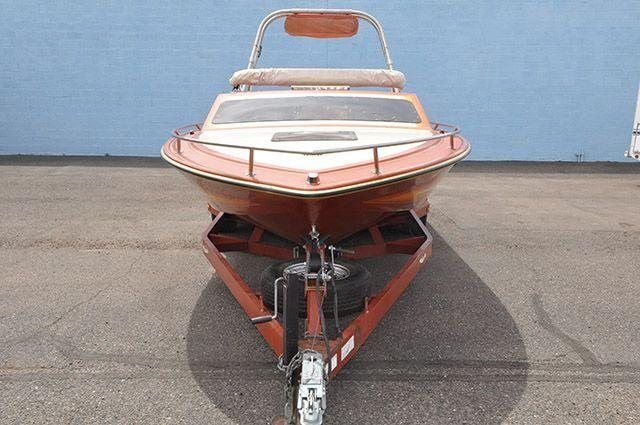

Optimum voltage varies with battery type. After charging your battery, check its state of charge again. Next, check the battery’s voltage with a multimeter. If your battery terminals have wing nuts, replace the wing nuts with hex nuts and lock washers to ensure that the connections remain tight. Apply dielectric grease or dielectric spray after installation to prevent corrosion.

If your battery was disconnected for winter storage (which is recommended), you now need to reconnect the cables and any other wires that were connected to the battery. Clean any corrosion from the terminals. Reconnect the battery to the battery cables.Īfter charging the battery, check its voltage with a multimeter. As with exhaust and water hoses, suspect hoses should be replaced. Fuel hoses should be rated for marine use. Again, look for cracking, or spots where the hose may be worn due to vibration-related abrasion. Hoses should be securely clamped with marine-grade stainless steel hose clamps. Squeezing or bending the hoses may reveal cracks that are not visible to the naked eye. Hoses should be pliable and not hard to the touch. Look for signs of abrasion or for cracks which may not be easy to see. Second, take a look at the cooling water and exhaust hoses. First, examine the engine belts for signs of excessive wear.

Set of new sacrificial anodes (Need depends on condition of existing anodes.).Hand tools, including ratchet and spark plug socket, large slotted screwdriver.Lube oil pump for the outdrive (one-time investment).Fresh gaskets for the gear lube drain/fill and vent holes.Water pump impeller kit (Annually or every other year).

This article is general in nature and should not replace the recommendations found in your inboard/outboard engine’s manual. We hope (knock on wood!) that your manifolds and risers are sound (see “About Manifolds and Risers” at the end of this article) and that outdrive components such as the bellows and the gimbal bearing do not need to be replaced. And if your gear lube happens to contaminated with water (a common problem), the drive can possibly suffer damage by the time you get around to changing the gear oil in the spring. Why? Because dirty engine oil can form acids that can damage internal engine parts. While this article does discuss changing your inboard/outboard's engine oil and gear lube oil, these tasks ideally should be part of winterization. In this article we assume that your engine and outdrive were winterized with antifreeze and that the engine was treated with fogging oil prior to winter layup. For example, take a look at this special edition for the 2012 Olympics.Īre you curious about what a boat with an outboard motor or an electric drive has to offer you? Click on the corresponding bold orange words.The snow has melted, new green grass is reaching for the sun and guess what? It’s time to get your inboard/outboard ready for the season ahead! In this way, water pollution through exhaust gases is minimal. The exhaust gases are discharged above water. Wet exhausts are usually used there to cool the exhaust gases. Inboard engines are usually four-stroke engines. Unlike an outboard motor where an engine is mounted outside the hull of the vessel, an inboard motor is a motor enclosed in the hull of the boat, usually connected to a propulsion propeller through a drive shaft.


 0 kommentar(er)
0 kommentar(er)
